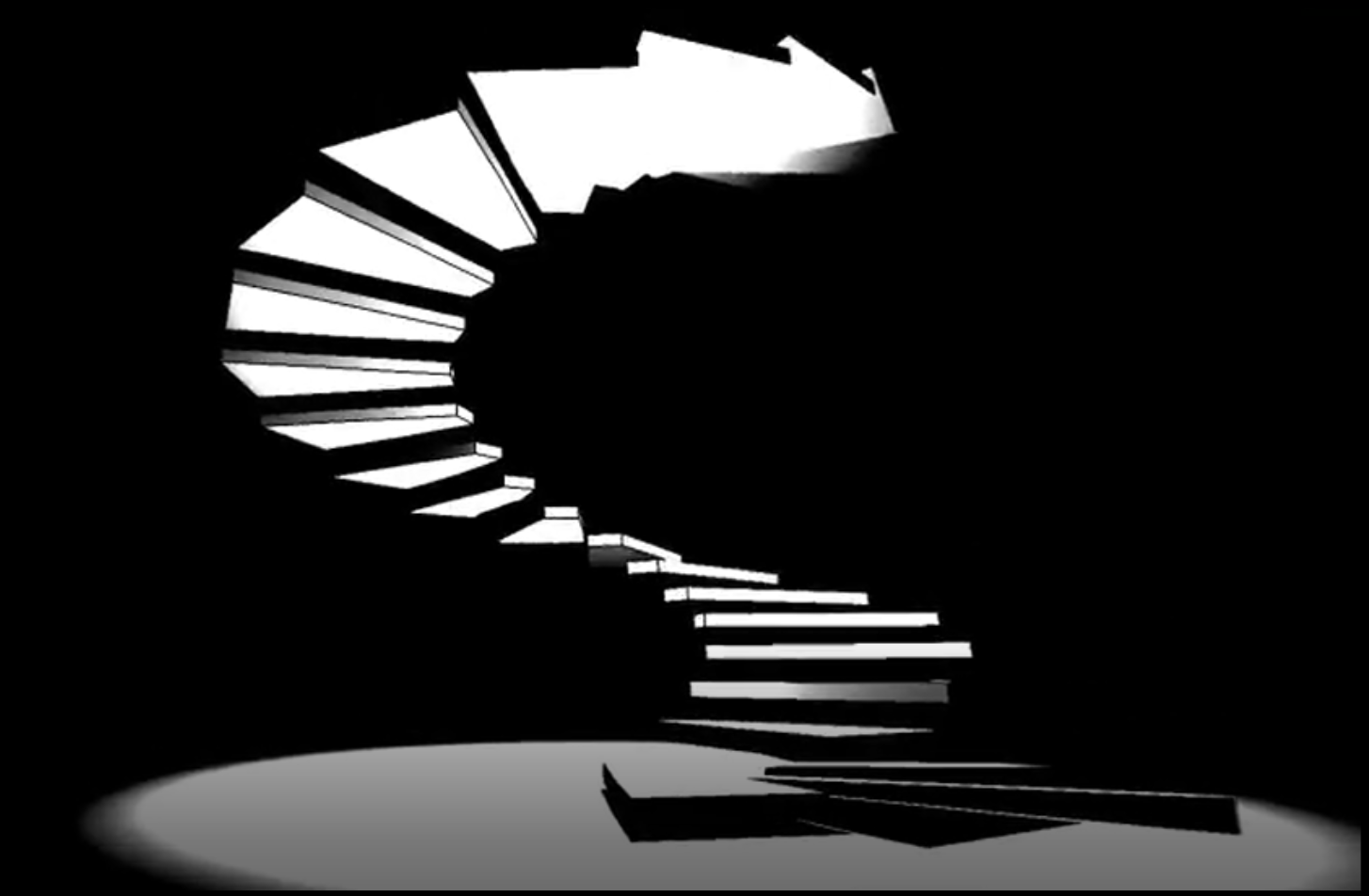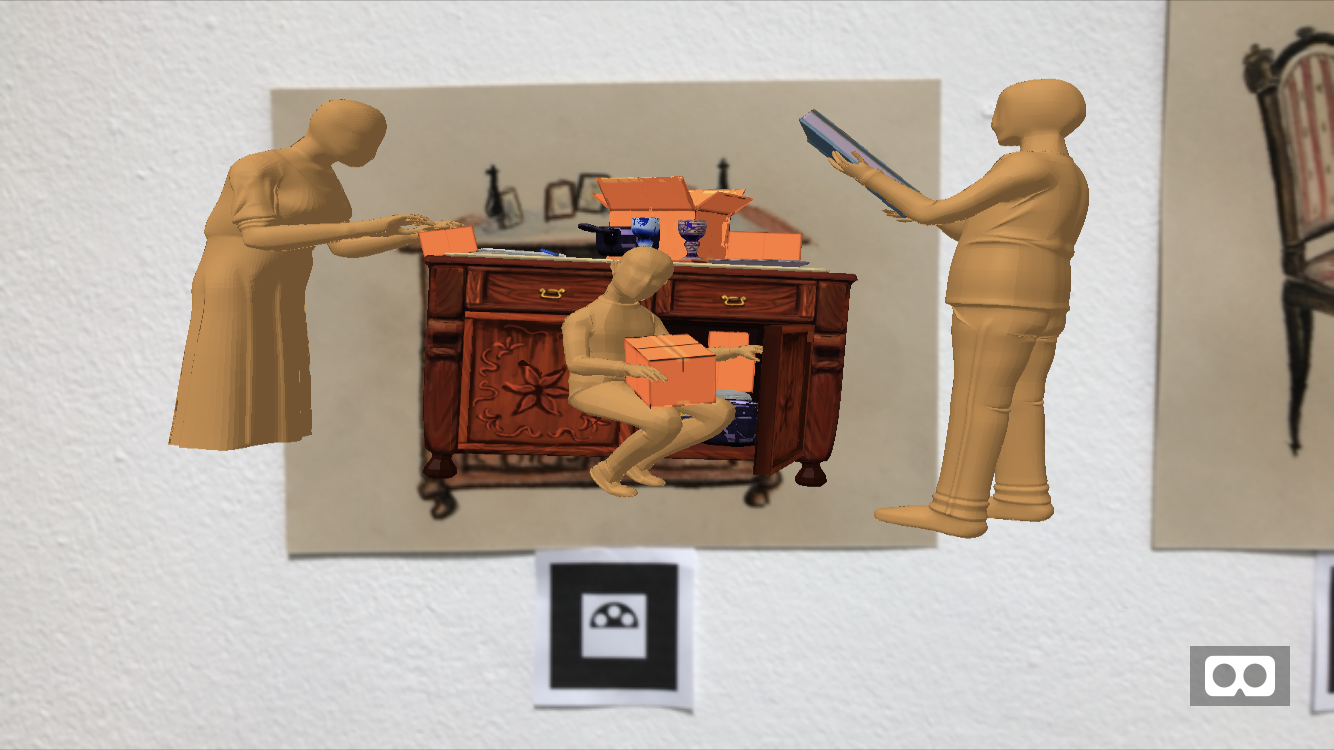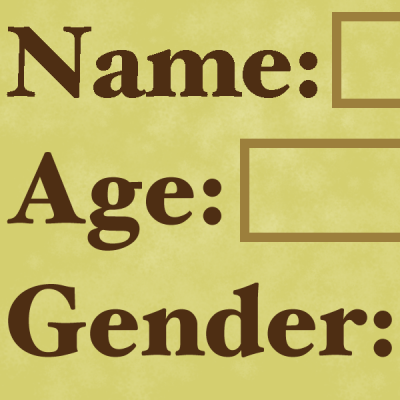(This article is a copy from my presentation for the Gamesklasse Kunsthochschule Kassel collab with the Museum für Seprukralkultur. We were supposed to come up with and prepare a game proposal for something that could then be exhibited in, through or for the museum:)

Non-Euclidean is a mathematical word for rooms in which space folds over onto itself in illogical ways, like in this M.C. Escher drawing Relativity. Rooms that are impossible in real life become possible through game engine. There are brilliant examples of true non-euclidean games, but most examples that are called non-euclidean are infact manifold games.
An example of a game like this is the game on the right, a screenshot from Portal by Valve et al where space is interconnected and folded onto itself for puzzle solving. But I want to use this to talk about grief.
A game about grief, where, over time, the connections begin to change and eventually, you are able to move in a space that makes more sense in how it connects and the world seems back in more of an order.

I want to make a first person, non-euclidean game about grief where you keep walking through a labyrinth of the same rooms that represent different parts of grief in sometimes allegorical, sometimes more visually distinct ways, looking for an exit.
Every room intends to capture one aspect of the emotional space grief puts you in, like a room where there are spotlights following you wherever you go, a room with a table where one seat is empty, and more abstract depictions such as on the left.

Specifically I want to use jewish cultural symbols, items and religious rites to be a thematic and visual template for how to process grief. Cultural elements such as sitting shiva, 7-day candles, ripped clothes, very quick burial, covering mirrors, mourning prayers that praise God
In this way, the game allows a respectful, safe environment to learn about another culture’s rites about death while also exploring the psychological aspect of grieving that everyone experiences in some fashion and can emotionally connect to.
But I chose this in particular also because jewish grieving is very methodic and structured in a way that intends to spare and protect the grieving, to give them space and time. I also know the museum intends to show many different cultures and this would be a project that can enhance the different-religions section of the exhibition. Perhaps in the digital walkthrough, you can find a door that leads from the inter-religious section straight into this game.
To ensure good quality, adequacy and cultural respect, I will be in diaglogue with rabbis internationally. From a technical standpoint, the game is currently running in a free game engine, however I may need programming help down the line especially if a different game engine ends up being more adequate to the nature of the project. I will need to hire someone to make the music and would generally like to be able to pay people that I get on board to assist me.




